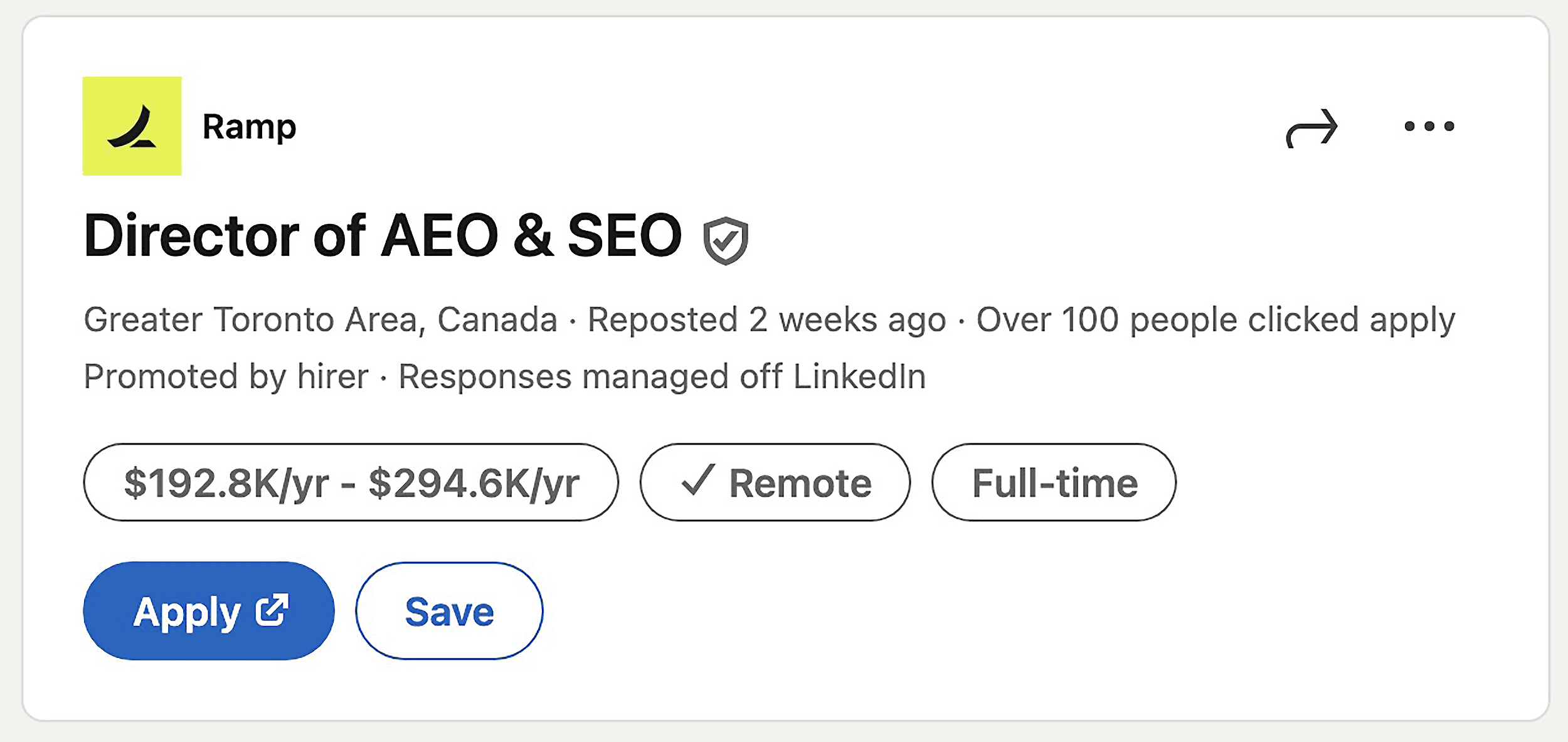Maximize ROI with targeted influencer partnerships is the smartest strategy for brands looking to improve their affiliate marketing results. With influencer marketing dominating the digital space, brands must choose partnerships that bring the highest return on investment (ROI). While large influencers attract massive audiences, smaller, more targeted influencers often bring higher engagement, stronger trust, and better conversion rates.
In this article, we’ll explore why partnering with micro and nano-influencers can help brands increase affiliate sales while keeping marketing costs low. We’ll also discuss the best practices for finding, partnering, and measuring influencer performance to maximize ROI.
The Growing Impact of Influencer Marketing in the Digital Space
Influencer marketing has exploded in recent years. Consumers no longer trust traditional advertising. Instead, they look to authentic influencers for recommendations. Studies show that influencer marketing delivers higher engagement rates compared to traditional ads.
Micro and nano-influencers are especially powerful because they have loyal followers who trust their opinions. They focus on niche audiences, making them highly effective for brands that want targeted exposure.
Why ROI Matters in Affiliate Campaigns
Affiliate marketing is all about driving sales while minimizing costs. A high ROI means you are making more money than you are spending. Working with the right influencers ensures that your marketing dollars bring in real results.
A well-structured influencer partnership can increase website traffic, generate quality leads, and improve conversion rates—all key factors in a successful affiliate campaign.
The Advantage of Targeted Influencer Partnerships Over Broad Marketing Efforts
Instead of focusing on large, expensive influencers, brands should turn to smaller, niche influencers who offer:
- Higher engagement rates
- Better audience trust
- More authentic recommendations
- Lower costs and better ROI
By choosing targeted influencer partnerships, brands can improve the effectiveness of their affiliate campaigns while keeping budgets under control.
Understanding Targeted Influencer Partnerships
Definition of Targeted Influencer Partnerships
A targeted influencer partnership is a collaboration with an influencer whose audience aligns with your brand’s niche. Instead of working with influencers who have millions of followers, brands partner with smaller, more engaged influencers who can bring quality traffic and sales.
The Difference Between Micro, Nano, and Macro Influencers
- Nano-influencers (1K-10K followers) – Small but highly engaged audiences
- Micro-influencers (10K-100K followers) – Strong niche authority and trust
- Macro-influencers (100K+ followers) – Large reach but lower engagement
Nano and micro-influencers often outperform macro-influencers in affiliate marketing because of their authenticity and closer relationships with followers.
Why Niche-Specific Influencers Drive Higher Engagement
Influencers who focus on a specific niche attract audiences who are already interested in that topic. When influencers promote affiliate products related to their niche, their audience is more likely to click, engage, and buy.
Why Targeting Matters for ROI
The Power of Relevance in Influencer Marketing
Relevance is key to high-converting affiliate campaigns. When influencers promote a product that aligns with their audience’s interests, the chances of conversions increase dramatically.
How Audience Alignment Increases Conversion Rates
If an influencer’s audience already trusts them, a single product recommendation can lead to multiple sales. This is why brands must focus on aligning their products with the right influencers.
Case Studies or Examples of Brands That Achieved Higher ROI with Targeted Influencers
- A fitness brand partnered with micro-influencers in the health and wellness space. Their campaign outperformed a previous campaign with a celebrity influencer.
- A beauty brand collaborated with nano-influencers and saw a 3x increase in affiliate sales compared to using traditional ads.
Choosing the Right Influencers for Maximum ROI
How to Identify Influencers with the Right Audience
- Look at audience demographics – Ensure they match your target customers
- Analyze engagement rates – High likes, shares, and comments signal strong influence
- Check past collaborations – See if they’ve worked with similar brands
Key Metrics to Analyze Before Partnering
- Engagement rate – The higher, the better
- Authenticity – Avoid influencers with fake followers
- Conversion rate – Prior success in driving affiliate sales
The Importance of Content Alignment and Brand Voice
Influencers should create content that matches your brand’s identity. If their style aligns with your brand message, their audience will be more receptive to your products.
Effective Strategies for Partnering with Influencers
How to Structure Partnership Deals
- Commission-based – Pay influencers for each sale they generate
- Flat fee partnerships – Pay for content creation, regardless of sales
- Hybrid models – A mix of commission and upfront payment
Leveraging Long-Term Relationships for Sustained Growth
Instead of one-off promotions, brands should build long-term partnerships with influencers to create consistent exposure and trust.
Creative Content Strategies That Drive Engagement and Conversions
- Product reviews – Authentic and detailed
- Behind-the-scenes content – Shows real usage
- Live Q&A sessions – Builds trust with the audience
Tracking and Measuring Performance
Essential KPIs for Influencer Partnerships
- Click-through rate (CTR) – Measures engagement
- Sales and conversions – Tracks ROI
- Audience growth – Indicates brand impact
Tools and Platforms to Monitor Affiliate Performance
- Google Analytics
- Affiliate tracking software
- Social media analytics
How to Optimize Campaigns Based on Data Insights
Analyze what works and adjust strategies to increase conversions.
Common Mistakes to Avoid
- Choosing influencers only by follower count
- Ignoring engagement and authenticity
- Failing to set clear expectations
Conclusion
The Long-Term Value of Strategic Influencer Partnerships
Targeted influencer partnerships bring higher ROI, better engagement, and stronger brand trust.
Key Takeaways for Businesses Looking to Maximize ROI
- Choose influencers based on engagement, not just followers
- Ensure audience alignment
- Track and optimize performance
Next Steps for Brands Ready to Implement a Targeted Influencer Strategy
Start researching niche influencers and test small-scale partnerships before scaling up.
FAQs
How do I find the right influencers?
Use influencer marketing tools like Upfluence, Heepsy, or BuzzSumo to find influencers in your niche.
What’s the best way to track influencer performance?
Use UTM links, affiliate tracking software, and Google Analytics to measure conversions and engagement.
How much should I pay influencers?
It depends on their engagement rate, audience size, and content quality. Many brands opt for commission-based payments to ensure a strong ROI.
Why are micro and nano-influencers more effective?
They have higher engagement rates, stronger trust with their audience, and lower partnership costs than macro-influencers.
References and Resources
- Influencer Marketing Hub
- Affiliate Marketing Strategies
- Google Analytics Guide
- Federal Trade Commission (FTC) Influencer Guidelines
- Upfluence – Influencer Marketing Software
By focusing on targeted influencer partnerships, brands can maximize ROI, engagement, and affiliate success!















